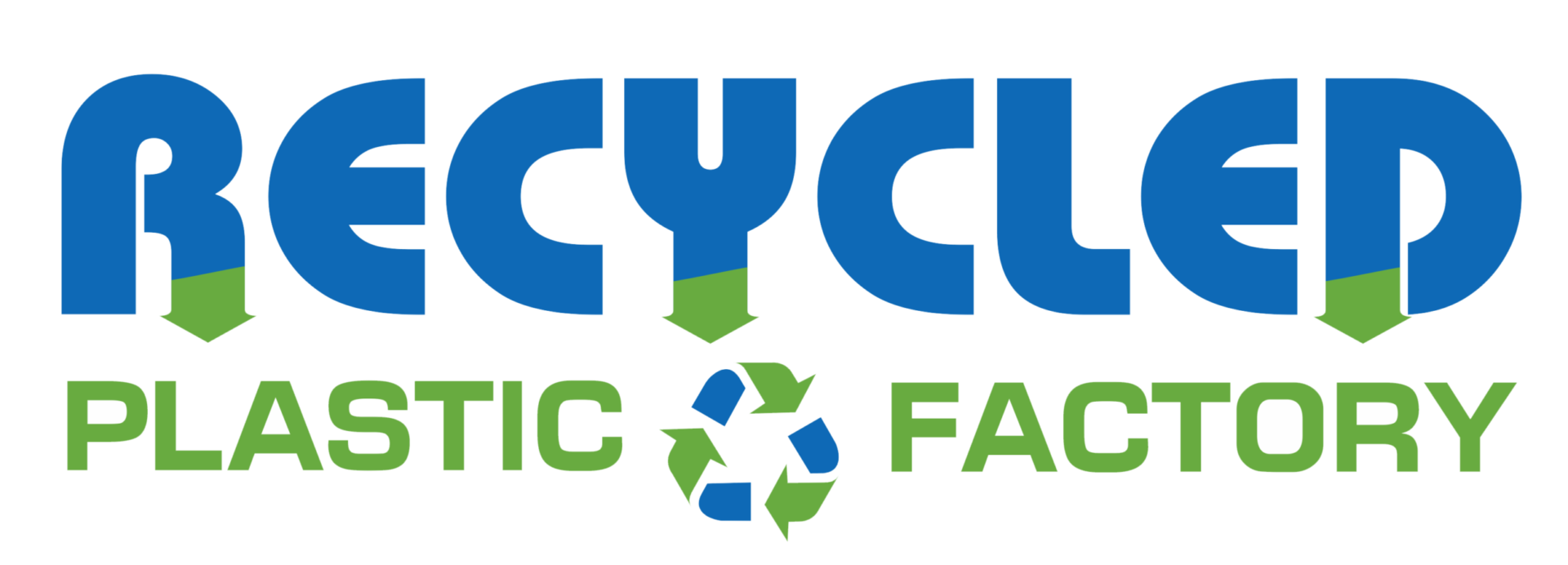Innovative Designs and Benefits of Products Made from Recycled Plastic
 The urgency of addressing plastic pollution has led to an increased focus on innovative designs and sustainable solutions, particularly in products made from recycled plastic. According to a recent report by the Ellen MacArthur Foundation, transitioning to a circular economy could generate an additional $1 trillion in economic value, while significantly reducing environmental impact. In the United States alone, the Environmental Protection Agency (EPA) estimated that approximately 27 million tons of plastic waste were generated in 2018, with only 9% being recycled. This stark reality underscores the importance of developing high-quality products made from recycled plastic, which not only diverts waste from landfills but also conserves natural resources and reduces greenhouse gas emissions.
Innovative designs in this sector not only appeal to environmentally conscious consumers but also pave the way for new growth opportunities in the marketplace, showcasing the potential for sustainability to drive both ecological and economic benefits.
The urgency of addressing plastic pollution has led to an increased focus on innovative designs and sustainable solutions, particularly in products made from recycled plastic. According to a recent report by the Ellen MacArthur Foundation, transitioning to a circular economy could generate an additional $1 trillion in economic value, while significantly reducing environmental impact. In the United States alone, the Environmental Protection Agency (EPA) estimated that approximately 27 million tons of plastic waste were generated in 2018, with only 9% being recycled. This stark reality underscores the importance of developing high-quality products made from recycled plastic, which not only diverts waste from landfills but also conserves natural resources and reduces greenhouse gas emissions.
Innovative designs in this sector not only appeal to environmentally conscious consumers but also pave the way for new growth opportunities in the marketplace, showcasing the potential for sustainability to drive both ecological and economic benefits.
Innovative Recycling Techniques Transforming Plastic Waste into High-Quality Products
The ongoing crisis of plastic waste has ignited a surge of innovative recycling techniques that are transforming discarded materials into high-quality products. According to the Ellen MacArthur Foundation's report, approximately 300 million tons of plastic are produced annually, with a staggering 75% of it becoming waste. This has prompted industries to start embracing advanced recycling technologies, such as chemical recycling and upcycling processes, which can repurpose plastics more effectively than traditional methods.
One notable advancement is the development of processes that break down plastic waste into its chemical components, allowing for the creation of virgin-quality materials. For instance, a 2021 study by the Plastics Industry Association indicated that up to 79% of plastic waste can be transformed into reusable feedstock through these innovative methods. Companies are now producing items like durable outdoor furniture and stylish accessories from recycled plastics, showcasing not only a commitment to sustainability but also a thriving market for eco-friendly products. These advancements not only alleviate the burden of plastic waste but also highlight the shifting consumer demand towards responsible and sustainable materials.
Innovative Designs and Benefits of Products Made from Recycled Plastic
This chart illustrates the growing benefits of products made from recycled plastic over recent years. It highlights the increase in types of products and the corresponding environmental impact reduction.
Top Benefits of Using Recycled Plastic in Sustainable Product Design
The integration of recycled plastic into sustainable product design offers numerous advantages that extend beyond mere waste reduction. According to recent research, the packaging sector is responsible for 40% of the total plastic demand in Europe, which positions it as the largest contributor to plastic waste. By leveraging recycled plastics in product design, companies can significantly mitigate this issue while also adhering to circular economy principles. The recycling of mixed polyesters, for instance, has been identified as a feasible method that promises environmental benefits through a single chemical recycling process. This innovation not only enhances material recovery but also supports the overall sustainability of product packaging.
Emphasizing corporate social responsibility, businesses are increasingly prioritizing eco-friendly products. The shift towards sustainable packaging—and ultimately producing goods from recycled materials—can lead to improved brand reputation and customer loyalty. Studies have demonstrated that brands engaging in sustainable practices can tap into growing market demands for environmentally responsible products, creating both ecological and economic incentives. As organizations adopt circular business models, they unlock new avenues for profit while contributing to a substantial reduction in plastic pollution.
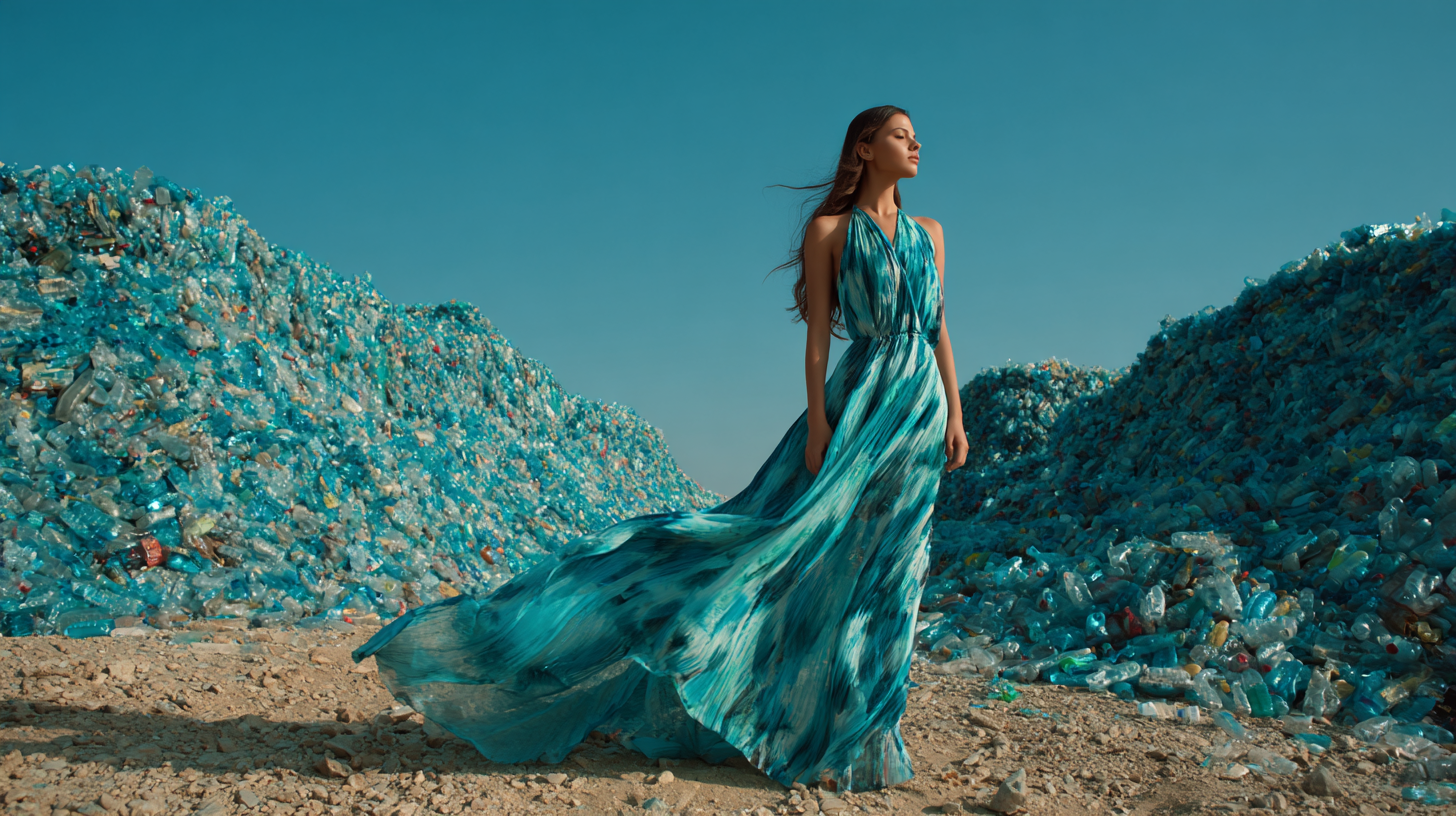
Creative Applications of Recycled Plastic in Everyday Products
Recycled plastic is making waves in innovative product designs, giving a new life to materials that would otherwise contribute to environmental degradation. According to a report by the Ellen MacArthur Foundation, global plastic production is projected to reach 1.8 billion metric tons by 2030. In response, industries are increasingly turning to recycled plastics for a wide range of everyday products. For instance, brands like Adidas have introduced shoes made with Parley Ocean Plastic—a material created from ocean waste—demonstrating the potential of recycled content in high-performance items. This adaptation not only reduces reliance on virgin plastics but also helps curb pollution, showcasing the creative applications of recycled material.
In homeware, companies like IKEA have committed to using recycled plastic in their products, aiming for 100% of their products to be made from renewable or recycled materials by 2030. Reports suggest that incorporating recycled plastics can reduce energy consumption during manufacturing by up to 75%. By integrating recycled materials into furniture, kitchenware, and textiles, brands not only promote sustainability but also appeal to the growing market of eco-conscious consumers. The creative use of recycled plastics exemplifies how industries can innovate while addressing the environmental crises that arise from plastic waste.
Innovative Designs and Benefits of Products Made from Recycled Plastic - Creative Applications of Recycled Plastic in Everyday Products
| Product | Material Used | Innovative Design | Environmental Benefit | Everyday Application |
|---|---|---|---|---|
| Water Bottle | Recycled PET | Sleek, collapsible design | Reduces plastic waste | Sports and outdoor activities |
| Backpack | Recycled Nylon | Stylish and functional compartments | Promotes sustainable fashion | Daily commuting and travel |
| Furniture | Recycled Plastic Lumber | Durable and weather-resistant | Uses less energy in production | Outdoor decking and patios |
| Tote Bag | Recycled PP | Foldable and lightweight | Reduces use of single-use bags | Shopping and groceries |
| Phone Case | Recycled ABS | Impact-resistant and sleek | Lowers plastic production demand | Everyday mobile usage |
Tips for Identifying Quality Products Made from Recycled Materials
When shopping for products made from recycled materials, consumers can enhance their purchasing decisions by focusing on key indicators of quality. Look for certifications or labels that indicate a product has been rigorously tested for sustainability. Respectable brands often provide transparency about their sourcing and production processes, which can be a good sign of their commitment to quality and environmental responsibility.
Additionally, familiarizing oneself with various types of recycled materials can be beneficial. For example, outdoor gear may incorporate recycled polyester or recycled cotton, which not only contributes to waste reduction but also offers durability and performance. As modern manufacturing techniques improve, such as the use of innovative textiles from reputable producers, shoppers can confidently select products that not only support a circular economy but also provide long-lasting value. Being educated about these aspects can lead to better choices and a more sustainable lifestyle.
Future Trends in Recycled Plastic Products and Their Environmental Impact
The future of recycled plastic products is increasingly tied to sustainability trends that are reshaping consumer behavior and industry practices. Recent insights indicate that the sustainable plastic packaging market is projected to grow from $109.51 million in 2024 to $165.53 million by 2032, reflecting a compound annual growth rate (CAGR) of 5.3%. This surge demonstrates a rising consumer preference for eco-friendly packaging solutions, which aligns with the increasing awareness of the environmental impact of plastic waste, particularly in the food packaging sector, which accounted for about 40% of plastic waste in Europe in 2021.
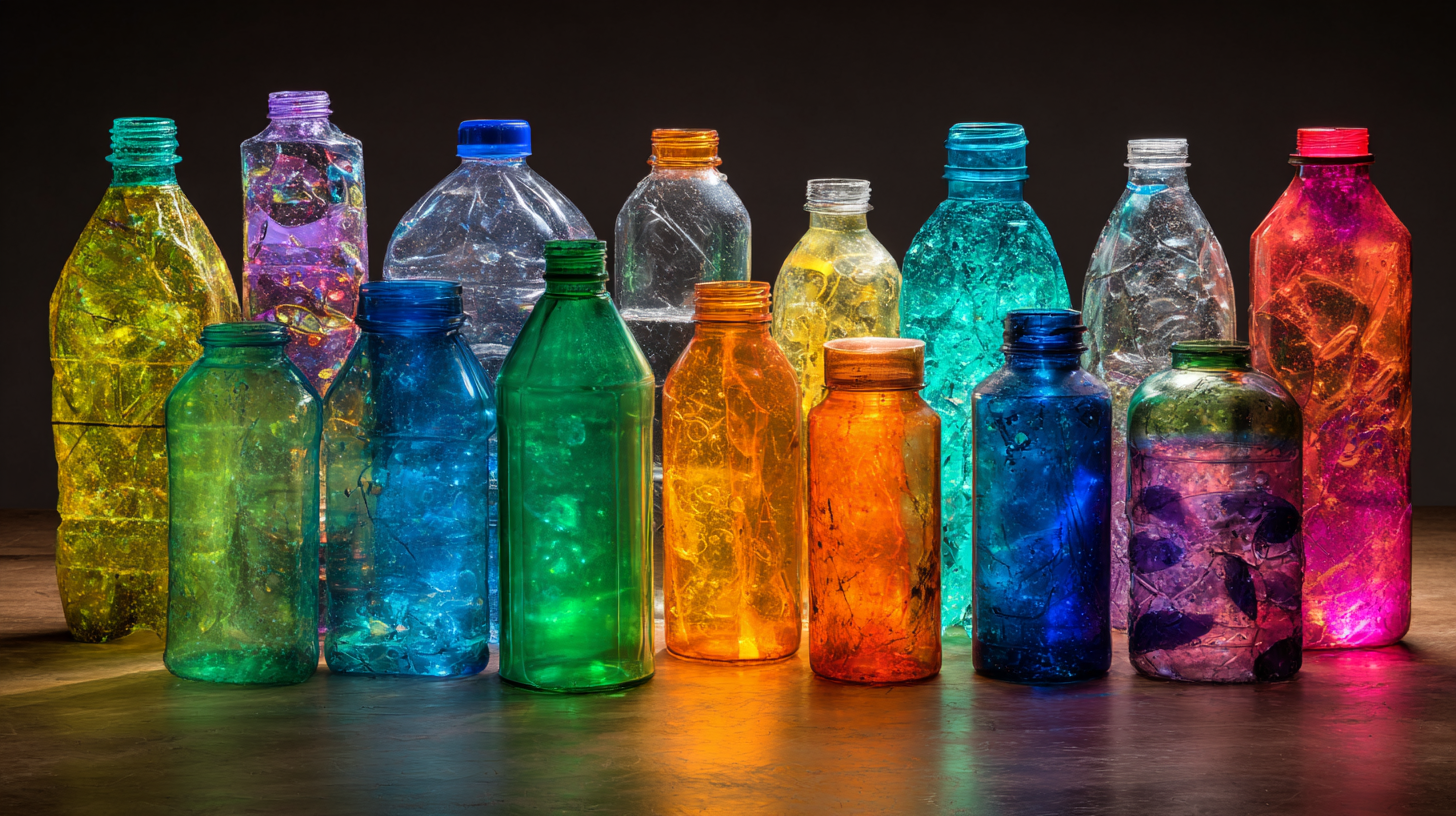
As companies adapt to these shifting consumer priorities, innovative designs in recycled plastic products are becoming crucial. The complexities of the global plastics supply chain reveal significant challenges; however, government sustainability policies and evolving consumer demands are spurring growth in the recycling market. Countries like Saudi Arabia are witnessing thriving plastic recycling industries precisely due to such policies, highlighting a global movement towards a circular economy. As litigation surrounding plastic materials continues to rise due to health and environmental concerns, businesses will need to prioritize sustainable practices to maintain relevance and meet regulatory expectations.
Related Posts
-
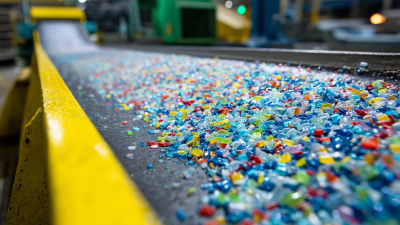
How to Transform Recycled Plastic Materials into Innovative Eco Friendly Products
-
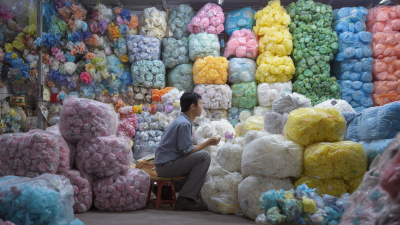
Driving Sustainability: The Role of Recycled Plastic Materials in China's 138th Import and Export Fair 2025
-
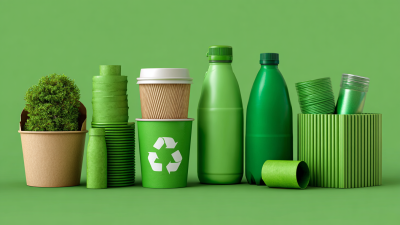
Understanding the Benefits of Green Recycling for a Sustainable Future
-

Exploring the Innovative World of Gerecycled Plastic and Its Impact on Sustainable Living
-
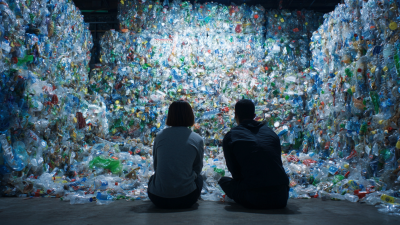
How to Achieve a Sustainable Future with Recycled Plastic Innovations
-
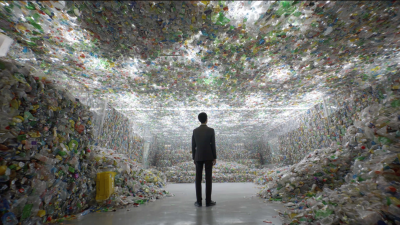
Exploring the Future of Recycled Materials at the 138th Canton Fair 2025
